Kokuten Kōdō
出生 : 1887-01-29, Takasago, Hyogo Prefecture, Japan
死亡 : 1960-01-22
略歴
Kokuten Kōdō (高堂 国典 Kōdō Kokuten, 29 January 1887 – 22 January 1960) was a Japanese film actor. He appeared in more than eighty films from 1923 to 1959.

Ryuta and Mineo Komatsu are brothers, both yakuza (gangsters). Mineo, although complicit in crime, even murder, wants out of the gangster life, hoping to become a successful singer instead. Ryuta loves his brother, but Mineo's possible defection presents problems for the gang, and Ryuta realizes he must kill his brother if he wants to survive.
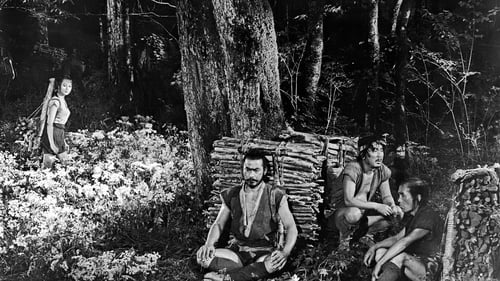
Old man in front of sign (uncredited)
戦国時代、秋月家の武将・六郎太は、生き残った世継ぎの雪姫と共に隠し砦(とりで)にこもる。六郎太たちは、一獲千金をもくろみ、戦に参戦した農民の太平と又七に軍資金の黄金を背負わせ、敵陣を突破して友好国へ逃げ込もうとするが…。次々にふりかかる絶体絶命の危機を切り抜けていく大脱出劇。
狂言回し的な百姓コンビが、後に「スターウォーズ」の“C-3PO”“R2-D2”のモデルとなったことはあまりにも有名な話。
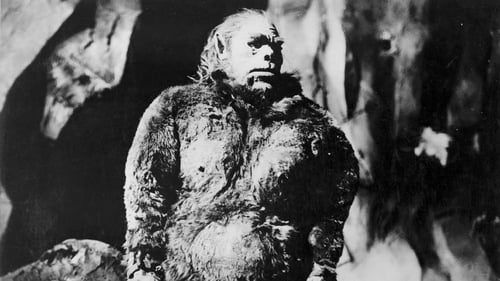
Mountain Tribe Leader
An American scientist tells two colleagues about the finding of an abominable snowman living in the Japanese alps, where it is worshipped by a remote tribe as a god, and how it was discovered by modern man after it raided a ski-ers' shelter following an avalanche, killing all inside. This is an adaptation of the Japanese film Ju Jin Yuki Otoko with added American-made footage, narration and music track.
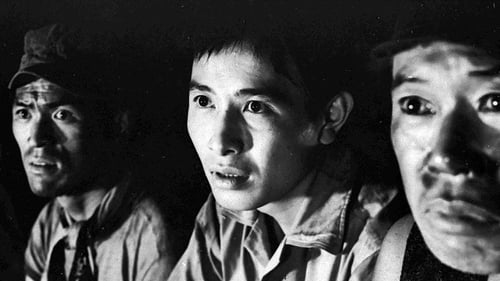
Based on a 1956 television feature on Japan’s national network, NHK, this is one of Uchida’s rarest films. A socially conscious drama with a contemporary backdrop, Dotanba focuses on the attempts to rescue a group of trapped miners. The title is a figure of speech — (essentially “last minute” or “eleventh hour”) — that refers to a situation of peril. The film boasts a script co-written by Uchida and Akira Kurosawa’s frequent screenwriter, Shinobu Hashimoto, and stars Kurosawa’s frequent star Takashi Shimura.
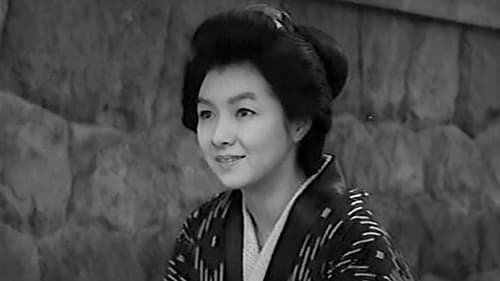
Kinshichi
A woman marries, gives birth to a stillborn child, and divorces, falls in love with a hotel-keeper, only to find herself subordinated to his drive for success, takes up with a tailor who cannot console himself with her strong personality.
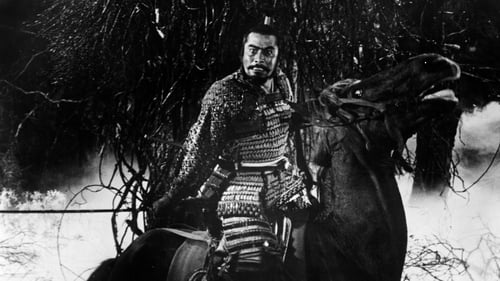
Military Commander
シェイクスピアの『マクベス』を日本の戦国時代に置き換え様式美に拘り描いた戦国武将の一大悲劇。鷲津武時は謀反を起こした敵を討ち、その帰途の森で出会った老婆から不思議な予言を聞く。やがて予言通り事が運び始めると、欲望に取り憑かれた妻にそそのかされて主を殺し、自ら城主の地位につくのだったが……。

Old Man on Hill on Oto Island (uncredited)
日本の「ゴジラ」(1954年)に、ハリウッドで追加撮影されたシーンを加えて再編集されたハリウッド上映版。
アメリカの新聞記者スティーブ・マーティン(レイモンド・バー)は、カイロへの取材に向かう途中に立ち寄った日本の東京で、ゴジラの上陸に遭遇する。スティーブの回想によって、ゴジラに蹂躙東京の惨状が描かれる。

The story of Yoshinaka during the tumultuous period of warring related to us in the Heike Monogatari. Close in setting to Kinugasa’s famous Gate of Hell (1953).

This adaptation of a Hideji Hojo novel, about the historical uprising of the Kuroda clan in 1633, is told through the eyes of retainer, Daizen. As his clan’s new leader, Tadayuki, becomes increasingly militant in his opposition to the Tokugawa shogunate, Daizen is forced to reconcile his loyalty to the clan with his loyalty to Tadayuki, who seems dead set on entangling the clan in destructive conflict. The Kuroda Affair’s mise-en-scène is said to have influenced future Toei director Eiichi Kudo. The film also features two of the greatest stars of Japanese period cinema, Chiezo Kataoka and Ryutaro Otomo.
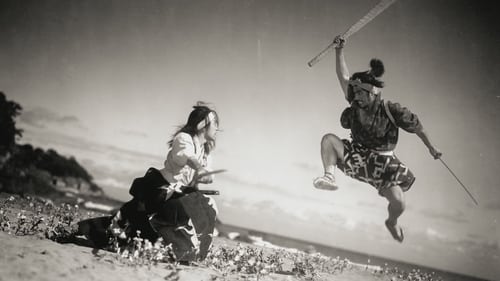
Old Priest Nikkan (uncredited)
A humble and simple Takezo abandons his life as a knight errant. He's sought as a teacher and vassal by Shogun, Japan's most powerful clan leader. He's also challenged to fight by the supremely confident and skillful Sasaki Kojiro. Takezo agrees to fight Kojiro in a year's time but rejects Shogun's patronage, choosing instead to live on the edge of a village, raising vegetables. He's followed there by Otsu and later by Akemi, both in love with him. The year ends as Takezo assists the villagers against a band of brigands. He seeks Otsu's forgiveness and accepts her love, then sets off across the water to Ganryu Island for his final contest.
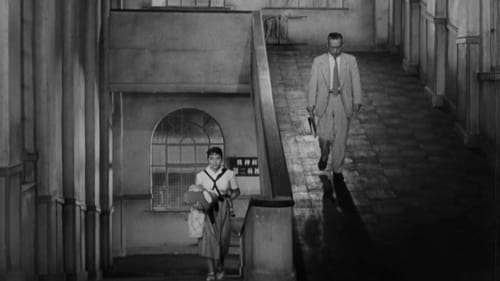
Workers' Older Family Member
町工場を経営する財産家・中島喜一は突然、原水爆とその放射能に対して強い恐怖を抱くようになり、地球上で唯一安全と思われる南米ブラジルへの親類縁者全員の移住を計画する。しかし、このあまりにも突拍子もない行動に対し、現実の生活が脅かされると感じた家族は喜一を準禁治産者として認めてもらうため裁判にかけるのだった。
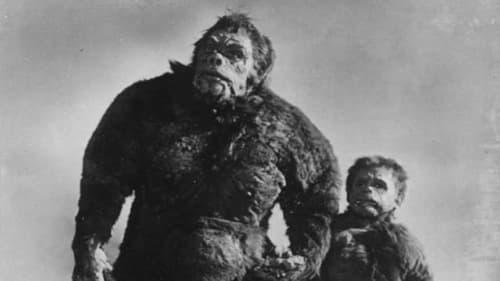
Tribal Chief
Three competing parties all race against time to track down an elusive creature known only as the Snowman.

Following the tragic death of his father, a young boy's family trains his horse to compete in the local derby.
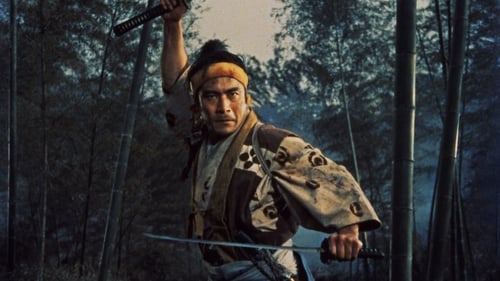
Old Priest Nikkan (uncredited)
After years on the road establishing his reputation as Japan's greatest fencer, Takezo returns to Kyoto. Otsu waits for him, yet he has come not for her but to challenge the leader of the region's finest school of fencing. To prove his valor and skill, he walks deliberately into ambushes set up by the school's followers. While Otsu waits, Akemi also seeks him, expressing her desires directly. Meanwhile, Takezo is observed by Sasaki Kojiro, a brilliant young fighter, confident he can dethrone Takezo. After leaving Kyoto in triumph, Takezo declares his love for Otsu, but in a way that dishonors her and shames him. Once again, he leaves alone.
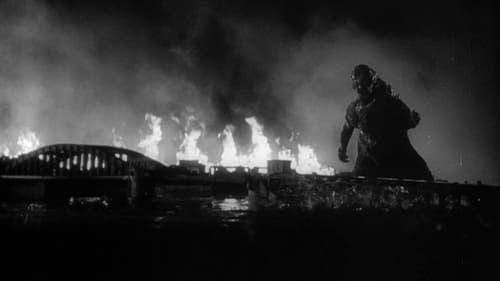
The Old Fisherman (uncredited)
原水爆実験の影響で、大戸島の伝説の怪獣ゴジラが復活し、東京に上陸。帝都は蹂躙され廃墟と化した。ゴジラ抹殺の手段はあるのか・・・。戦後の日本映画界に特撮怪獣映画というジャンルを築いた、記念すべきゴジラ映画第1作。核の恐怖を描いた、本多猪四郎の真摯な本編ドラマと、円谷英二のリアリズム溢れる特撮演出が絶妙のコンビネーションを見せ、「ゴジラ」の名を一躍世界に轟かせた傑作。
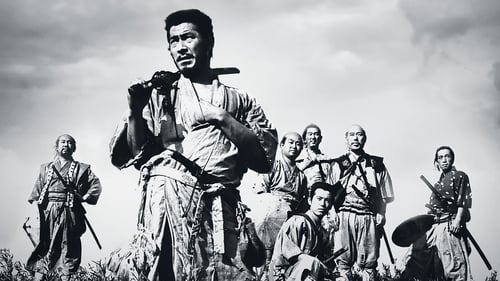
Gisaku, the Old Man
麦の刈入れが終わる頃。とある農村では野武士たちの襲来を前に恐怖におののいていた。百姓だけで闘っても勝ち目はないが、麦を盗られれば飢え死にしてしまう。百姓たちは野盗から村を守るため侍を雇うことを決断する。やがて、百姓たちは食べるのもままならない浪人たち7人を見つけ出し、彼らとともに野武士に対抗すべく立ち上がる……。

Jusaku Kawanabe
Story about a poor Japanese woman living near an American army base who resorts to prostitution.

A married couple looking for an apartment move in with the husband's co-worker, a widower. The husband becomes jealous of the widower and his wife.

Kira Uenosuke
Jidai-geki by Kiyoshi Saeki

1950s Japanese comedy.
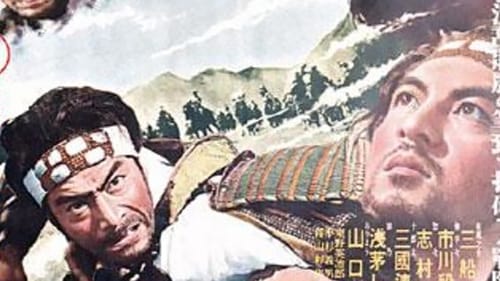
Soldiers Hayate and Yaheiji secretly escape from their besieged castle. Hayate has left behind his lover, Kano. On his way, Hayate is wounded and cared for by O’Ryo, who falls in love with him. But when Hayate accidentally kills her caretaker, he flees, with O’Ryo in pursuit. Subsequently, Hayate's comrade Yaheiji falls in love with Oryo. Kano, the lover left behind by Hayate, believes him dead, and becomes involved with another soldier, Jurota. When Jurota defects to the opposing army, he takes Kano with him. A double set of love triangles has developed, wherein each man and each woman loves one and is loved by another. Finally only combat and self-sacrifice can untangle the weave.
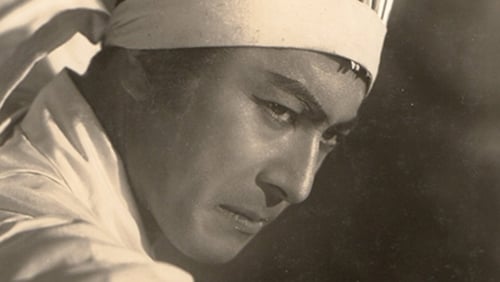
The famous showdown at Kagiya corner has been told many times, but never before with the realism and intensity of this version scripted by Kurosawa Akira and starring Mifune Toshiro as the famed swordsman who must face his best friend as they are forced to take opposite sides in a vendetta caused by the murder of a family member. Told mostly in flashback as the avengers await the arrival of their quarry, this film displays true heroism in the face of fear as most of the combatants, while of the samurai class are not skilled swordsmen. They contrast sharply with the true warriors involved in this battle. Araki Mataemon (Mifune), who was not only a direct student of Yagyu Munenori, but the founder of his own sword style under the Yagyu name is a powerful force ready to assist his brother-in-law against the murderer's allies that include not only another noted sword teacher, but the deadly spear of Katsumi no Hanbei.
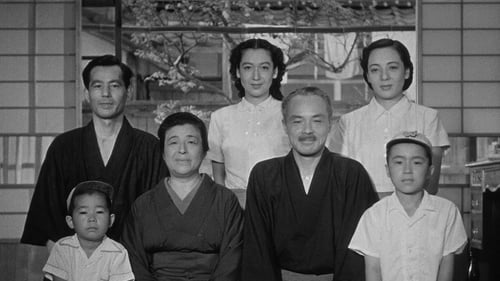
結婚にあまり興味のない娘と、そんな娘に早く結婚してほしいと気を揉む家族を中心にさりげない日常をユーモアを織り交ぜ淡々と細やかに描く感動作。敗戦後わずか6年の作品とは思えないモダンな息づかいには驚かずにはいられない。北鎌倉に住む間宮家では適齢期を過ぎた娘紀子の結婚が何より気がかり。当の紀子は大手の会社で秘書として働き、いまだのんきに独身生活を楽しんでいる風だった。やがて、そんな紀子に縁談話が立て続けに舞い込むのだったが……。 巨匠・小津安二郎監督を代表する傑作の1本。

(uncredited)
Though recognized worldwide almost exclusively for his colorful kaiju fare, director Ishirō Honda (Godzilla, Rodan, Mothra) was a natural humanist with a particular understanding of the relationship between people and their social environs. His debut fiction feature, The Blue Pearl (Aoi Shinju) – virtually unseen in the west until now – depicts the melodramatic, but keenly-observed interplay between a young man from Tokyo and two ama (pearl divers; literally “women of the sea”) in a superstitious coastal town. Though raised within the same tradition-bound crucible, the two women – Noe and Riu – are portrayed as diametric opposites; the former meek but affectionate, the latter strong-willed but jaded by a tryst with metropolitan life. Nonetheless, Honda provides equal weight to their desires and their ambitions to break free from the social mold imposed upon them from birth.
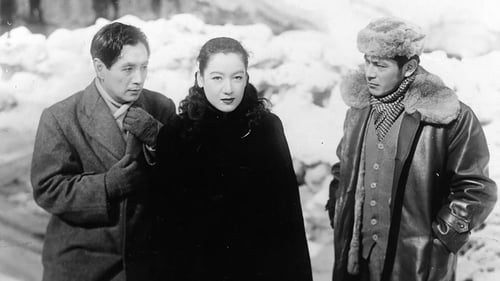
Junpei
Kameda, who has been in an asylum on Okinawa, travels to Hokkaido. There he becomes involved with two women, Taeko and Ayako. Taeko comes to love Kameda, but is loved in turn by Akama. When Akama realizes that he will never have Taeko, his thoughts turn to murder, and great tragedy ensues.

The Ueki family may not be wealthy, but smiles are never in short supply. The father is awarded prize money for 25 years of service to his workplace, but has it stolen on the way home from the ceremony...
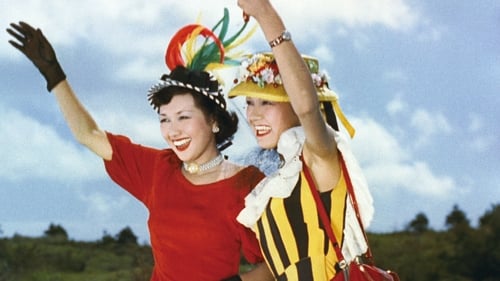
A girl who'd left her hometown for the exciting adventure of the big city returns home years later for a visit, soon somehow causing scandal.

Shige'emon Otobe
Jidai-geki by Nobuo Nakagawa. Most likely a star vehicle for Kanjuro Arashi

A romantic melodrama about the shifting relationship between Ryosuke and Miki as their precarious employment and social circumstances shift around them.
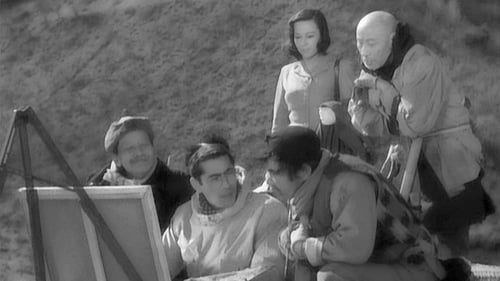
Old Man #1
A celebrity photograph sparks a court case as a tabloid magazine spins a scandalous yarn over a painter and a famous singer.

Kuga
An attempt is made to suppress a journalist's investigation of collusion between a rural police chief and the local gangster bosses.
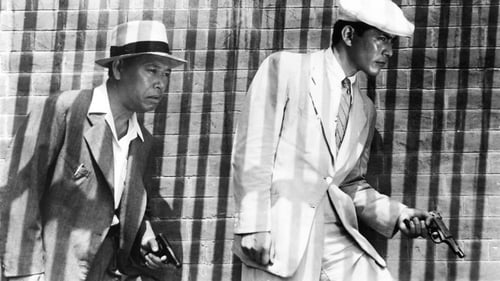
Old Landlord
A bad day gets worse for young detective Murakami when a pickpocket steals his gun on a hot, crowded bus. Desperate to right the wrong, he goes undercover, scavenging Tokyo’s sweltering streets for the stray dog whose desperation has led him to a life of crime. With each step, cop and criminal’s lives become more intertwined and the investigation becomes an examination of Murakami’s own dark side.
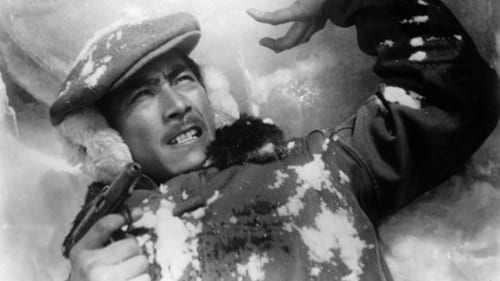
Haruko's Grandfather
Three bank robbers, Eijima, Nojiri, and Takasugi, flee the police and escape into the mountains. At an inn high in the Japanese Alps, Eijima and Nojiri encounter a young woman and her father, as well as Honda, a mountaineer. The inn folk do not realize their guests are wanted criminals and the visitors are treated with great kindness. Honda volunteers to lead them over the mountains, but Eijima's paranoia endangers all of them as they make the perilous trip.
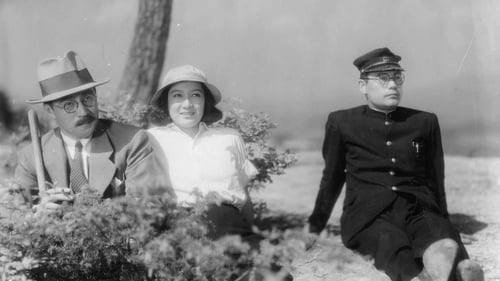
Mr. Noge
黒澤明監督の戦後最初の監督作品。京大・滝川事件とゾルゲ・スパイ事件をモチーフに、ファシズムの吹き荒れる時代にあって自らの信念に基づいて強く生きる女性の姿を謳い上げたドラマ。国民的アイドル原節子が芯の強いヒロインを好演。昭和8年。京都帝国大学の教授・八木原の教え子たちにとって教授の一人娘、幸枝は憧れの的。野毛、糸川の二人の学生も幸枝に想いを寄せていた。秀才型で日和見的な糸川に対して実直で行動派の野毛。軍国主義が強まる中、野毛が左翼運動へと身を投じる一方、糸川はひたすらに法曹の道を目指していた。やがて、幸枝は信念を持って行動する野毛に魅力を感じ始めるのだったが……。

Buddhist Priest Saiduchi
In this government-suggested sequel, Sugata again grows as a judo master, and demonstrates his (and by extension, all Japanese) superiority to the foreign warrior.
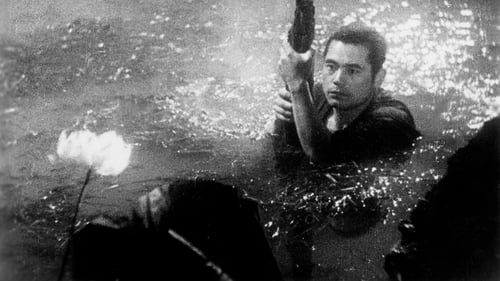
Buddhist Priest
The story of Sanshiro, a strong stubborn youth, who travels into the city in order to learn Jujutsu. However, upon his arrival he discovers a new form of self-defence: Judo. The main character is based on Shiro Saigo, a legendary judoka.

Hiromasa Nomura World War II era film

Set in Qingdao, China, a Japanese company locates an office there and begins work and cooperation with a local Chinese company for business. Many Japanese engineers also move to China, with their families, for the company in order to construct a canal. There are young Chinese resisting the Japanese in this area.

A 1942 Jidaigeki by the veteran jidaigeki filmmaker Kunio Watanabe about the legendary warrior Musashibo Benkei
with Hideko Takamine portraying Minamoto no Yoshitsune (who is, of course, a man).
The film climaxes in the famous encounter/fight btw Benkei and Yoshitsune at the Gojo Bridge.

Hiryûji Murakami
This epic depicts the battle between Uesugi Kenshin and Takeda Shingen. The focus of the story is the struggle by the unit leader in charge of the main supply wagons and the supply troops to transport materiel to the Uesugi army. To this are added episodes involving an itinerant woman.

Jurobei, a kaisen tonya (wholesaler in port) in Awa, was wronged and killed on the day of the Dance Festival by the evil merchant & the chamberlin. His brother (Kazuo Hasegawa) vowed vengeance on the day of his brother's death. So every year the villains are worried during the Awa Dance Festival (which is part of the Obon festival), but nothing has ever happened, until seven years later...

The story is based on the serial novel by Tsunoda Kikuo.

The story is based on the serial novel by Tsunoda Kikuo.

A Japanese army engineer (Hasegawa) on the mainland must put his personal feelings for a beautiful Chinese woman (Ri) aside if he is to succeed at building a highway through the "bandit"- (aka anti-Japanese militia-) infested hinterlands.


Song of the White Orchid was a co-production of Toho and Mantetsu, the railway that served the colonial region of Manchuria, and the first film in the Kazuo Hasegawa/Shirley Yamaguchi (Ri Koran) “Continental Trilogy.” Handsome Hasegawa (representing Japan) runs up against an impertinent Yamaguchi (representing the continent); not surprisingly, in the course of the film the woman comes around and realizes the benevolent intentions of the Japanese. In Song of the White Orchid Yamaguchi leaves Hasegawa, who plays an expatriate working for the railway, because of a misunderstanding. She joins a communist guerilla group plotting to blow up the Manchurian railway. Learning of the subterfuge that led to the misunderstanding, she renews her faith in Hasegawa—and by extension Japan—and tries to undermine the plot.
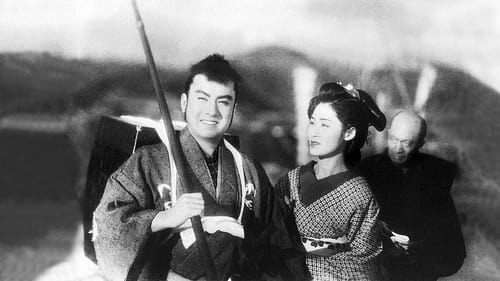
The film tells about the life of the former vassal of the Ako clan - Fuwa Katsuemon Masatane.

Zusho Shozaemon
Japanese film.

dir: Teinosuke Kinugasa

Dobu
An onnagata (female impersonator) of a Kabuki troupe avenges his parents' deaths. Remade in 1963 as Yukinojô Henge.


Uesugi Family Elder
This 1932 adaptation is the earliest sound version of the ever-popular and much-filmed Chushingura story of the loyal 47 retainers who avenged their feudal lord after he was obliged to commit hara-kiri due to the machinations of a villainous courtier. As the first sound version of the classic narrative, the film was something of an event, and employed a stellar cast, who give a roster of memorable performances. Director Teinosuke Kinugasa was primarily a specialist in jidai-geki (period films), such as the internationally celebrated Gate of Hell (Jigokumon, 1953), and although he is now most famous as the maker of the avant-garde silent films A Page of Madness (Kurutta ichipeji, 1926) and Crossroads (Jujiro, 1928), Chushingura is in fact more typical of his output than those experimental works. The film ranked third in that year’s Kinema Junpo critics’ poll, and Joseph Anderson and Donald Richie noted that 'not only the sound but the quick cutting was admired by many critics.

A rare film which depicts the tragic fate of a Christian lord who fought for his fate in the Edo period. Of note is Utaemon Ichikawa's extraordinary memorable final scenes in which he takes on his enemy with a gash in his forehead and a wild, unkempt mane.

Rokubei
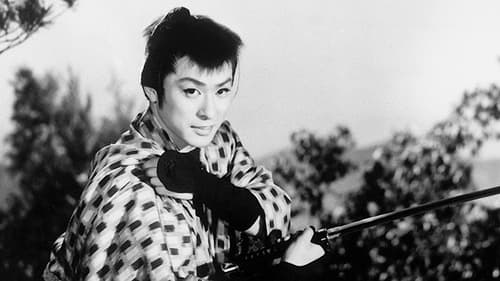
Hanjiro of Kusama searches for his little sister Oyuki, who went missing after being desecrated by Hikosaku Tokurai three years ago. The first film in a series about the adventures of the wandering yakuza Hanjiro from Kusama.









































